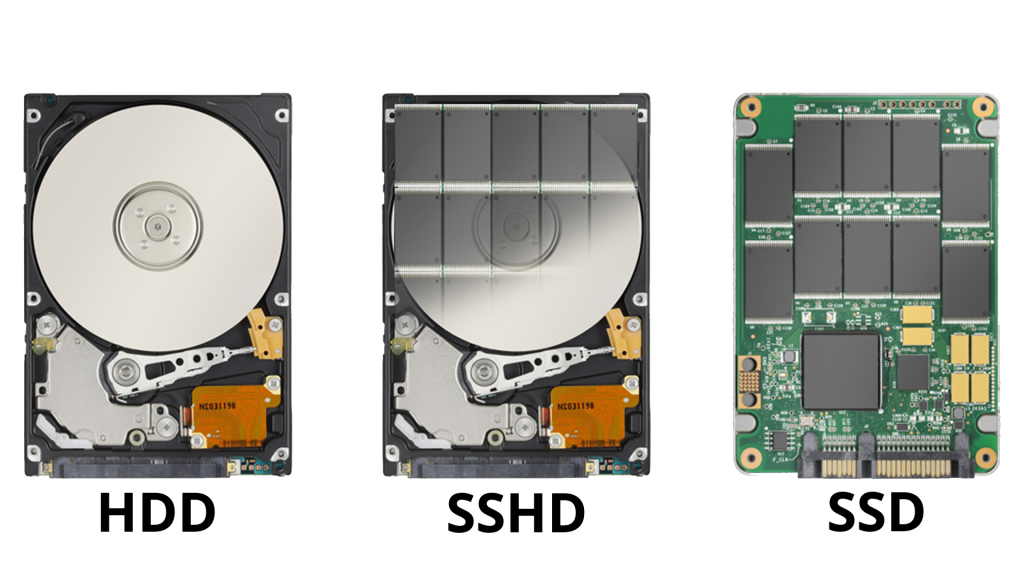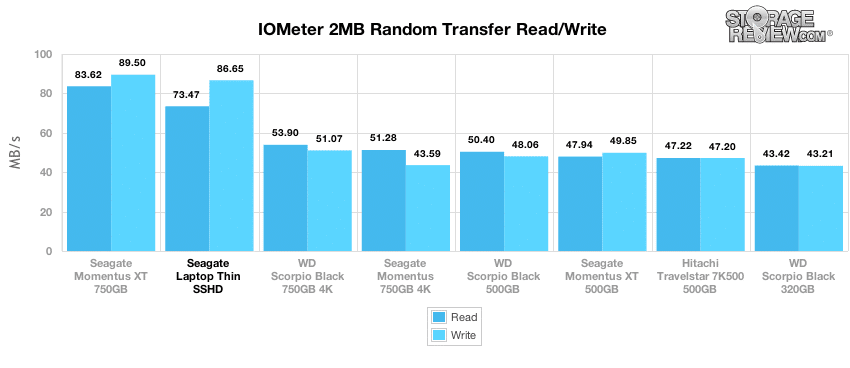

In this case, they occupy the same volume as the mechanical drives of these dimensions. SSDs come in standard sizes 3.5 and 2.5 inches using a SATA connector. Speeds between 30 and 110 MB / s are much more typical. While high-performance 7200 rpm drives can reach speeds of around 230 MB / s and experimental drives showed speeds of almost 500 MB / s, the typical 5400 rpm drive you find in laptops or desktops is even close. Traditional hard drives are the slowest of all. If it doesn’t, you will revert to standard hard drive speed. It also depends on whether the SSHD has previously loaded the desired files into the cache.

Thus, the larger the SSD cache, the longer it can maintain high data transfer rates. Basically as long as there is data in the SSD cache. In addition, they can only achieve SSD speed for short periods of time. SSHDs are only available as SATA drives, so they can never exceed the 600MB / s connection speed limit. NVME SSDs with read and write speeds of around 3500 MB / s are now common, and a new generation of drives with speeds of over 5500 MB / s is coming soon. A good quality SATA 3 solid state drive will more or less meet the connection type limitations with read and write speeds of around 600MB / s.īut SSDs come in other formats, such as NVME. Solid state drives are the fastest drive type in every comparison. When it comes to this comparison, when it comes to performance, there is a clear hierarchy. You will get performance similar to a pure SSD. Therefore, when you want to access files that have been loaded into the solid-state cache. Smart software inside the drive determines which files to download to the solid-state memory in the background. The “hybrid” part of the name refers to the fact that these drives contain both solid-state memory and rotating mechanical drives. Tiny read/write heads flutter across the surface of these disks, hovering in a hair-lobe of air. It uses spinning discs coated with a magnetic substance to store data. These are traditional mechanical drives that were standard until recently. They have no moving parts at all and use solid-state flash memory. The first obvious step in all of this is to explain what these three types of discs are and describe in more detail what these acronyms actually mean. But we’ll help you figure out what works best for your needs. This acronym soup might encourage you to just give up and go back to the clay tablets. When buying a hard drive today, you have three types of drives: SSD, HDD, or SSHD. In fact, you probably have too many options! This variety of options can lead to some confusion. These days, you have many great options for storing your data. We’ve come a long way since the very first 5MB hard drives were flown by cargo plane and moved by forklift trucks.


 0 kommentar(er)
0 kommentar(er)
